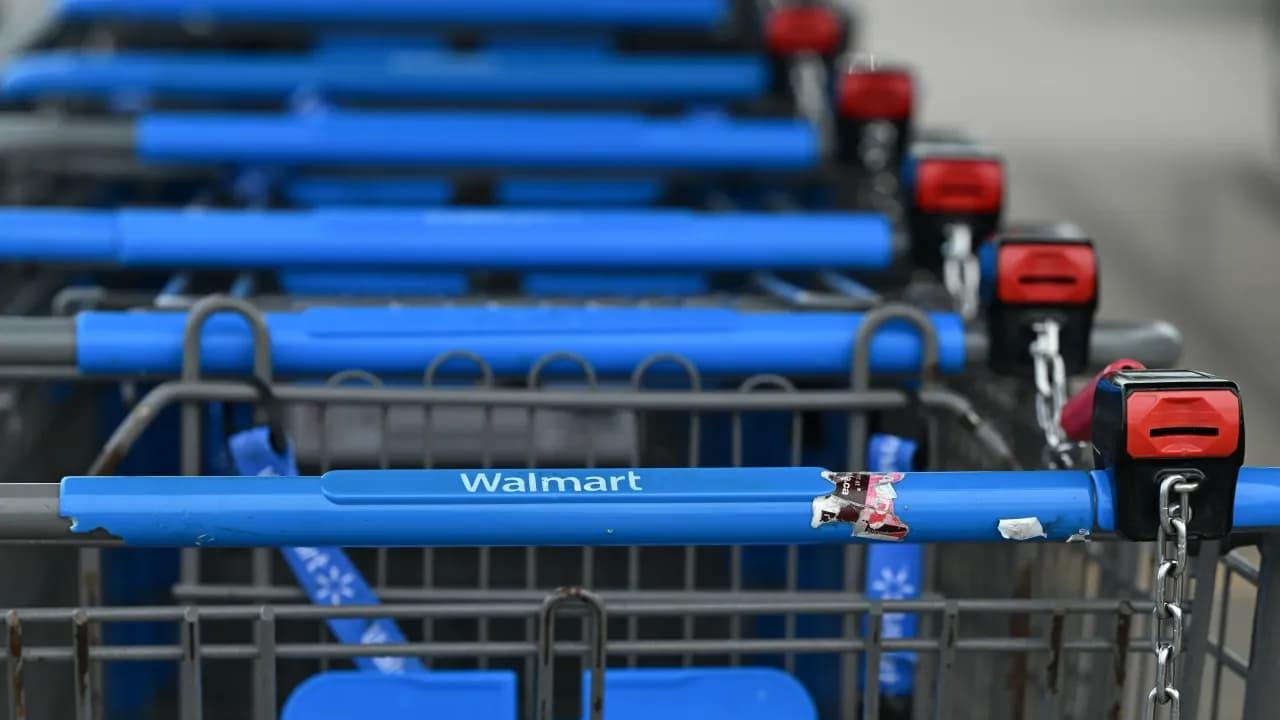
Trump Tariffs Set To Hit Your Wallets Hard: S&P Sees Consumers Shouldering Two-Thirds Of Whopping $1.2T Bill
Global businesses would take a hit of $1.2 trillion in 2025 from President Donald Trump's trade tariffs, according to new research by S & P Global.
The analysis, drawing on data from 15,000 sell-side analysts covering 9,000 companies contributing to S & P's research and indexes, offers one of the first definitive assessments of the U.S. trade policy's impact - a policy that has unsettled global businesses and markets since April.
S & P Global stated that companies will bear one-third of the cost, while the remainder will fall on consumers, according to a CNBC report that covers the key points of the S & P analysis. Companies covered by S & P are facing $907 billion in additional costs, with the remaining amount allocated to uncovered companies and private equity and venture capital investors.
"The sources of this trillion-dollar squeeze are broad. Tariffs and trade barriers act as taxes on supply chains and divert cash to governments; logistics delays and freight costs compound the effect," author Daniel Sandberg said in the report.
"Collectively, these forces represent a systemic transfer of wealth from corporate profits to workers, suppliers, governments, and infrastructure investors."
In the last six months, companies such as retail chain Walmart, toy maker Mattel, sportswear brand Adidas, consumer goods company Procter & Gamble, and car makers such as Ford and Toyota have increased the prices of their products.
Businesses are dealing with the complicated decision-- whether to hike prices, which could deter demand, or absorb the higher prices from tariffs, which would depress profits. Adding to the uncertainty is the ever-evolving nature of the situation, with the U.S. still negotiating the final trade agreement with Europe and China.
Currently, U.S. companies selling discretionary items are seemingly performing better than those selling staple goods.
The Consumer Discretionary Select Sector SPDR Fund (XLY) rose 24.2% in the last six months, while the Consumer Staples Select Sector SPDR Fund (XLP) has declined 3.3%.
On Stocktwits, the retail sentiment was 'neutral' for XLP and 'bullish' for XLY.
With more costs being passed on to consumers, S & P expects that corporate profits will recover next year. The consensus looks for a 64 basis point contraction in profit margins this year, fading to 28 basis points for 2026 and then 8 to 10 basis points in 2027-28, according to CNBC.
“For now, consensus envisions a world where margins eventually recover to pre-tariff trajectories," said S & P's Sandberg.
For updates and corrections, email newsroom[at]stocktwits[dot]com.
Legal Disclaimer:
MENAFN provides the
information “as is” without warranty of any kind. We do not accept
any responsibility or liability for the accuracy, content, images,
videos, licenses, completeness, legality, or reliability of the information
contained in this article. If you have any complaints or copyright
issues related to this article, kindly contact the provider above.


















Comments
No comment